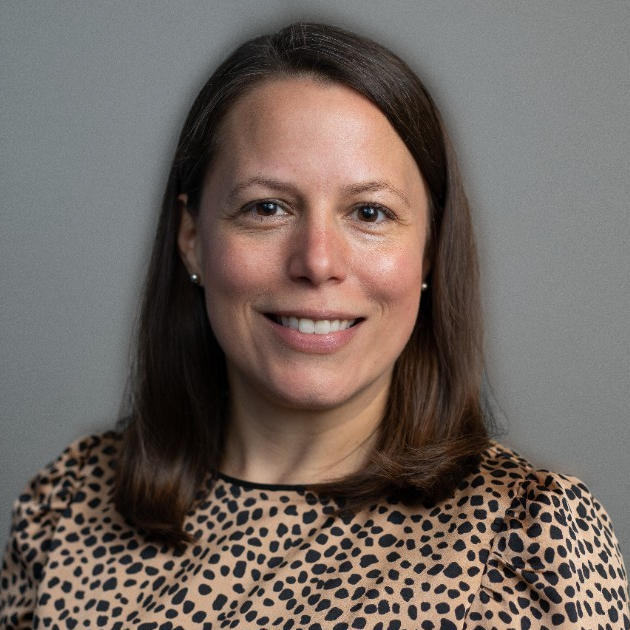
Anyone who has ever played a team sport knows there are specific expectations for each position and the position you play depends on what you’re uniquely qualified for. For example, you would never see a wide receiver lining up to throw a pass in football. The same goes for high-performing Agile teams. Strong teams have a clear set of critical functions, know the key accountabilities for each, and are made up of uniquely suited people for their roles. Here’s a look at the framework we employ to ensure everyone on the team is working toward the same goal.
A New Way to Look at Your Business
We follow a process called Entrepreneurial Operating System® (EOS®), founded by Gino Wickman. In short, EOS is a way to structure an organization that helps clarify roles, drive efficiency in meetings, and foster accountability of team members. EOS Worldwide® is a great resource to learn more about the framework.
Determine the Right Structure with an Accountability Chart™
A key tool in this system is the Accountability Chart™. Building an Accountability Chart forces you to think about the best structure to move your team forward. For example, an Agile team running scrum would:
Step 1. Identify the three primary functions.

Step 2. Identify the primary roles of each function.

Product Owners are accountable for the vision, which translates to a prioritized backlog the team can utilize to plan work. To ensure everyone is on the right track, the Product Owner acts as the liaison between product and development so that everyone delivers a final product that fits the vision.
Scrum Masters are responsible for the Scrum framework overall. They establish the framework, coach team members, and plan implementations. The process ensures team productivity through scrum events and removes impediments so the team can remain productive.
Scrum team members are ultimately accountable for delivering on quality and product commitments defined by the Product Owner and Scrum Master.
Step 3. Ensure you have the right people in the right seats.
A helpful tool in the EOS Toolbox is GWC™ (gets it, wants it, and has the capacity to do it).
- “Get it” - An individual truly understands the function and expectations therein.
- “Want it” - The function and expectations resonate with the person, and they’re passionate about them.
- “Capacity to do it” - The individual has the time and physical and emotional capacity to sit in that seat. It’s critical to ensure you have the right people in the right seats to be a high-performing Agile team.
The clarity created by the identified functions and roles in your Accountability Chart creates an opening for someone with a unique ability to succeed in that seat.
Building a high-functioning Agile team starts with clarity and ends with people. Identifying the critical functions of your team and key accountabilities in each makes it possible for your team to ensure proper coverage and play the positions they are uniquely suited to play. Need Help Getting Started? Contact the experts at DragonSpears.


